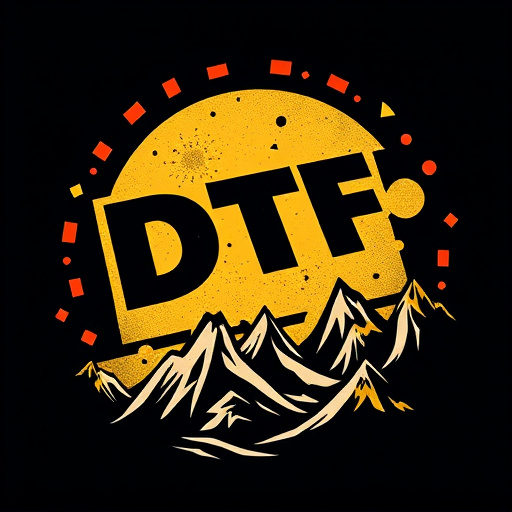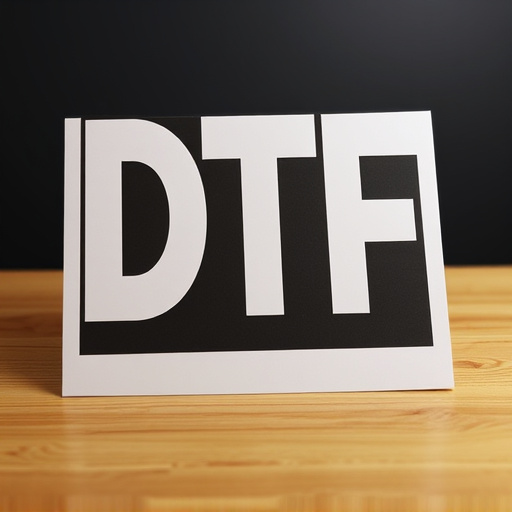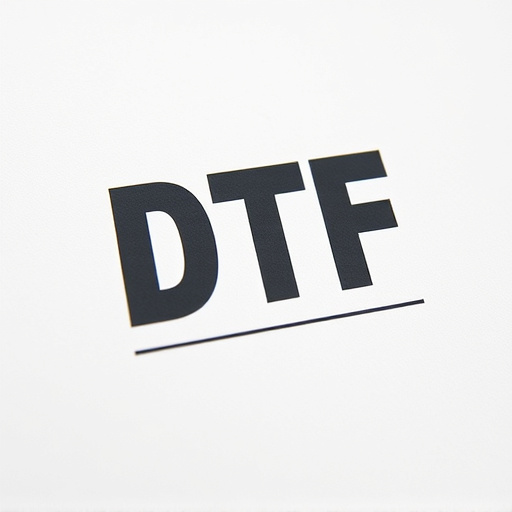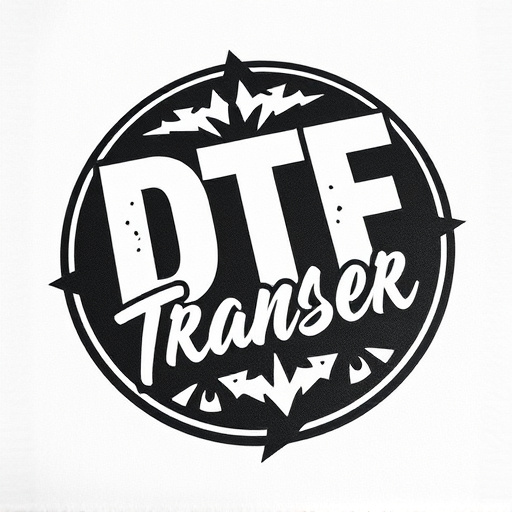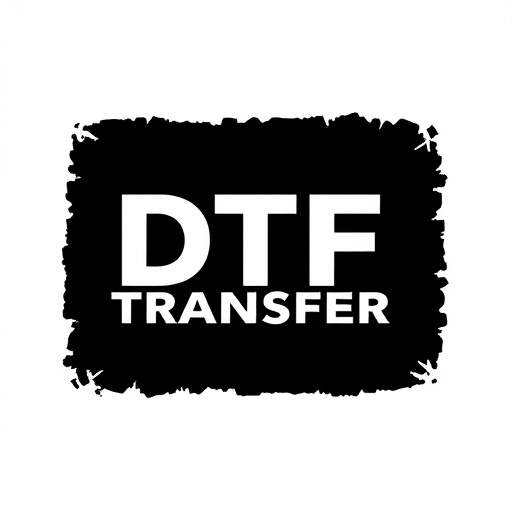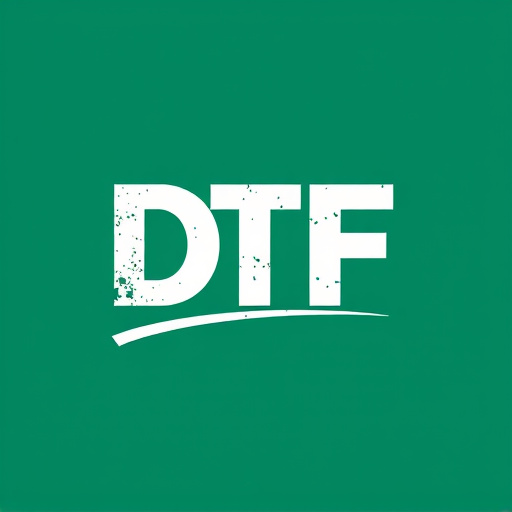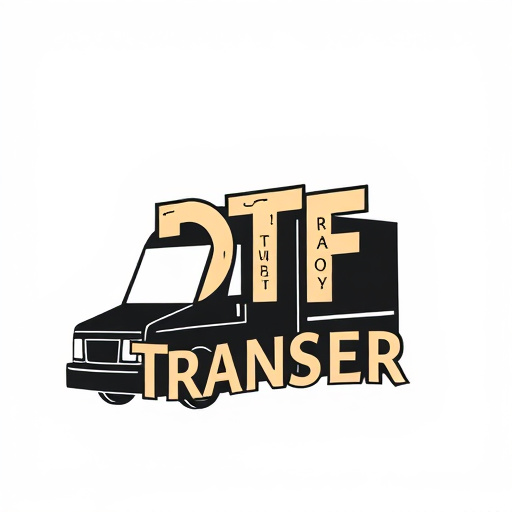Direct-to-film (DTF) transfer printing is a modern, efficient alternative to traditional screen printing. It digitally prints intricate patterns and vibrant colors directly onto special film, which is then transferred to surfaces like t-shirts and mugs using heat and pressure. DTF offers faster production times, lower costs, superior print quality, and versatility across multiple industries. Compared to screen printing, DTF minimizes setup time, waste, and environmental impact, making it ideal for smaller orders and complex designs. Its ability to produce detailed, full-color prints on various materials has made DTF a popular choice for personalized on-demand printing solutions.
In the ever-evolving world of printing, Direct-to-Film (DTF) transfer has emerged as a modern alternative to traditional screen printing. This article delves into the comparative analysis between these two methods, exploring their unique strengths and weaknesses in terms of quality, efficiency, cost, and sustainability. From the intricate details of DTF transfers to the time-honored techniques of screen printing, we dissect the technologies that shape today’s print landscape, highlighting where DTF stands as a game-changer for various applications. Discover the future of printing with our comprehensive guide on DTF transfer and its impact.
- Understanding Direct-to-Film (DTF) Transfer: A Modern Approach
- Traditional Screen Printing: The Classic Method
- DTF vs Traditional: Quality and Detail Analysis
- Turnaround Time and Efficiency Comparison
- Material Considerations: Cost, Waste, and Sustainability
- Applications and Market Trends: Where DTF Stands Now
Understanding Direct-to-Film (DTF) Transfer: A Modern Approach
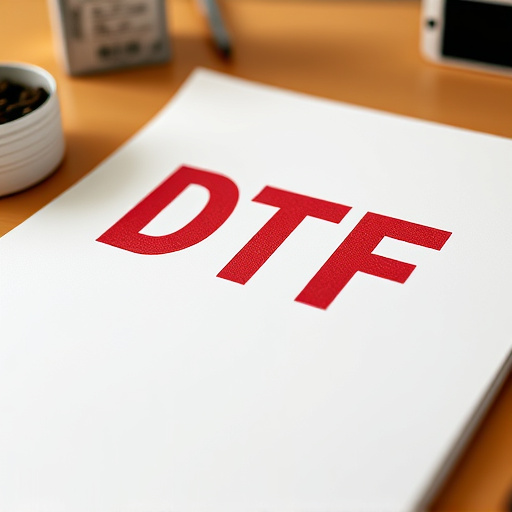
Direct-to-Film (DTF) transfer is a modern printing approach that has disrupted the traditional screen printing methods. Unlike screen printing, which requires setting up individual screens for each design and color, DTF uses a digital process to apply designs directly onto various surfaces, such as t-shirts, mugs, and more. This innovative technique involves printing the design onto special film using high-resolution printers, which is then transferred onto the desired substrate through heat and pressure.
DTF offers several advantages, including faster production times, reduced setup costs, and exceptional print quality. It allows for intricate designs with fine details and vibrant colors, making it a preferred method for custom apparel and promotional products. Furthermore, DTF printing can be done on a wide range of materials, expanding its versatility in the fashion, merchandising, and craft industries.
Traditional Screen Printing: The Classic Method

Traditional screen printing is a classic method that has been used for decades to produce high-quality prints on various materials. This process involves creating a stencil on a fine mesh or screen, which then blocks ink from passing through specific areas. The design is applied onto the substrate by forcing ink through the open areas of the screen, resulting in sharp and detailed DTF prints. Screen printers can achieve intricate patterns and multiple color combinations, making it suitable for both small-scale and commercial production runs.
This traditional method offers a range of advantages, including durability and longevity of the prints. The screens can be reused, making it an economical choice for repetitive jobs. However, screen printing is often more labor-intensive and time-consuming compared to modern direct-to-film (DTF) transfers, requiring precise setup and skilled technicians.
DTF vs Traditional: Quality and Detail Analysis

Direct-to-film (DTF) printing and traditional screen printing are two distinct methods with unique advantages and considerations when it comes to quality and detail. In terms of precision, DTF excels in delivering intricate designs with finer line work and more detailed elements, making it ideal for complex artwork. This method uses a digital image that is transferred directly onto the print surface, allowing for exceptional clarity and a sharp reproduction of fine details. Each color in the design is applied separately as a series of transparent layers, resulting in vibrant and accurate prints.
In contrast, traditional screen printing has long been renowned for its ability to produce bold, solid colors and large-scale graphics. While it may not match DTF’s level of detail, especially with fine lines and gradients, it offers excellent color saturation and opacity. Traditional screen printing involves creating a physical screen stencil for each color, which can be more time-consuming but allows for quick setup changes and is suitable for bulk production runs, making it a preferred method for large-format prints and custom apparel.
Turnaround Time and Efficiency Comparison
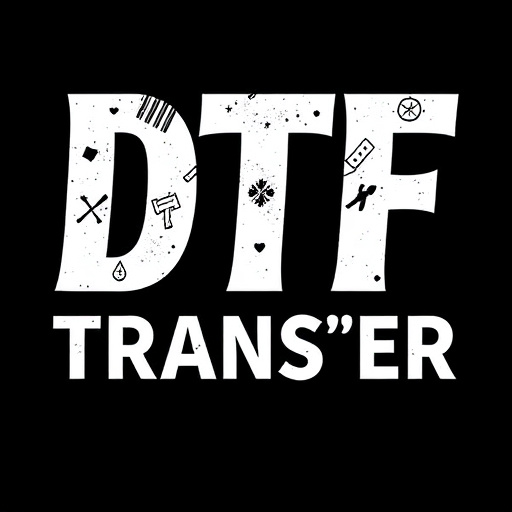
When comparing direct-to-film (DTF) transfer and traditional screen printing methods, turnaround time stands out as a significant factor. DTF printing offers a notable advantage in this regard. With DTF transfers, the process involves applying the design directly to the garment using heat press technology, eliminating the need for setting up screens. This streamlines production, significantly reducing the time required for setup and printing, especially for smaller orders or when dealing with complex designs. As a result, customers can expect their custom garments with DTF prints to be delivered much faster than traditional screen printing methods.
Efficiency is another area where DTF transfer shines. The direct application of the design means there’s minimal wastage compared to screen printing, where separate screens are required for each color. This efficiency translates into cost savings and reduced environmental impact. Moreover, DTF transfers can print on various fabrics and styles without the need for specialized equipment, making it a versatile option that caters to diverse customer preferences and market demands.
Material Considerations: Cost, Waste, and Sustainability

When comparing direct-to-film (DTF) transfer and traditional screen printing methods, material considerations play a significant role. In terms of cost, DTF transfer often presents a more economical option for smaller orders or one-off prints due to its streamlined process and ability to print directly onto various materials without the need for complex setup. Traditional screen printing, while effective for larger runs, incurs higher initial costs associated with creating and maintaining screens.
In terms of waste, DTF printing generally generates less waste compared to traditional screen printing. The direct application method reduces the amount of ink left on trays or rollers after printing, minimizing excess usage. Moreover, DTF transfers allow for more precise ink placement, reducing off-target splatter onto surrounding areas. This results in cleaner prints and fewer wasted materials. However, both methods still face challenges with ink wastage during setup and misalignments, necessitating careful consideration of sustainability practices for responsible material handling.
Applications and Market Trends: Where DTF Stands Now
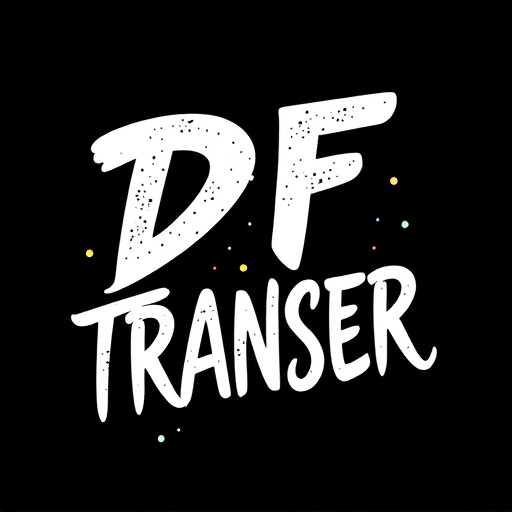
Direct-to-film (DTF) transfer printing has gained significant traction in recent years, revolutionizing the way custom prints are created and applied to various surfaces. This innovative method has found applications across diverse industries, from fashion and textiles to signage and promotional products. The market for DTF printing is experiencing rapid growth due to its ability to offer high-quality, intricate designs with exceptional detail.
Compared to traditional screen printing, DTF allows for more flexibility in design complexity and surface compatibility. It can produce vibrant, full-color prints on a wide range of materials, including fabric, wood, metal, and plastics. This versatility has made DTF transfers a popular choice for small businesses, entrepreneurs, and individuals seeking personalized, on-demand printing solutions. As technology advances, we can expect to see even more diverse applications for DTF, further solidifying its position in the market and continuing its rise as a preferred printing method.




